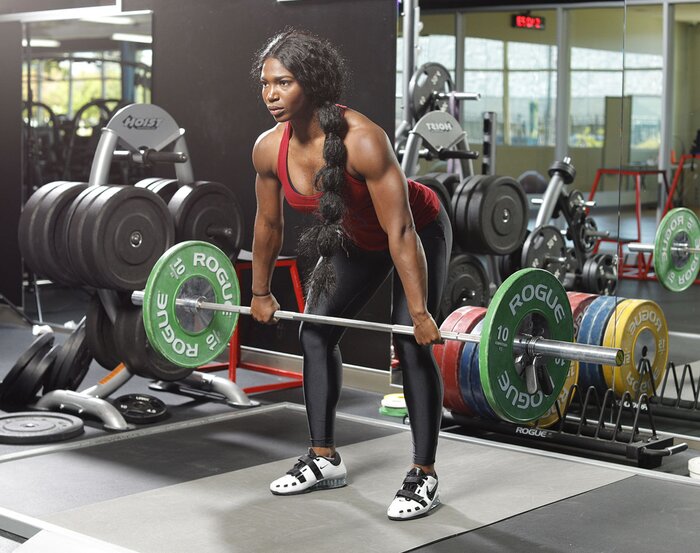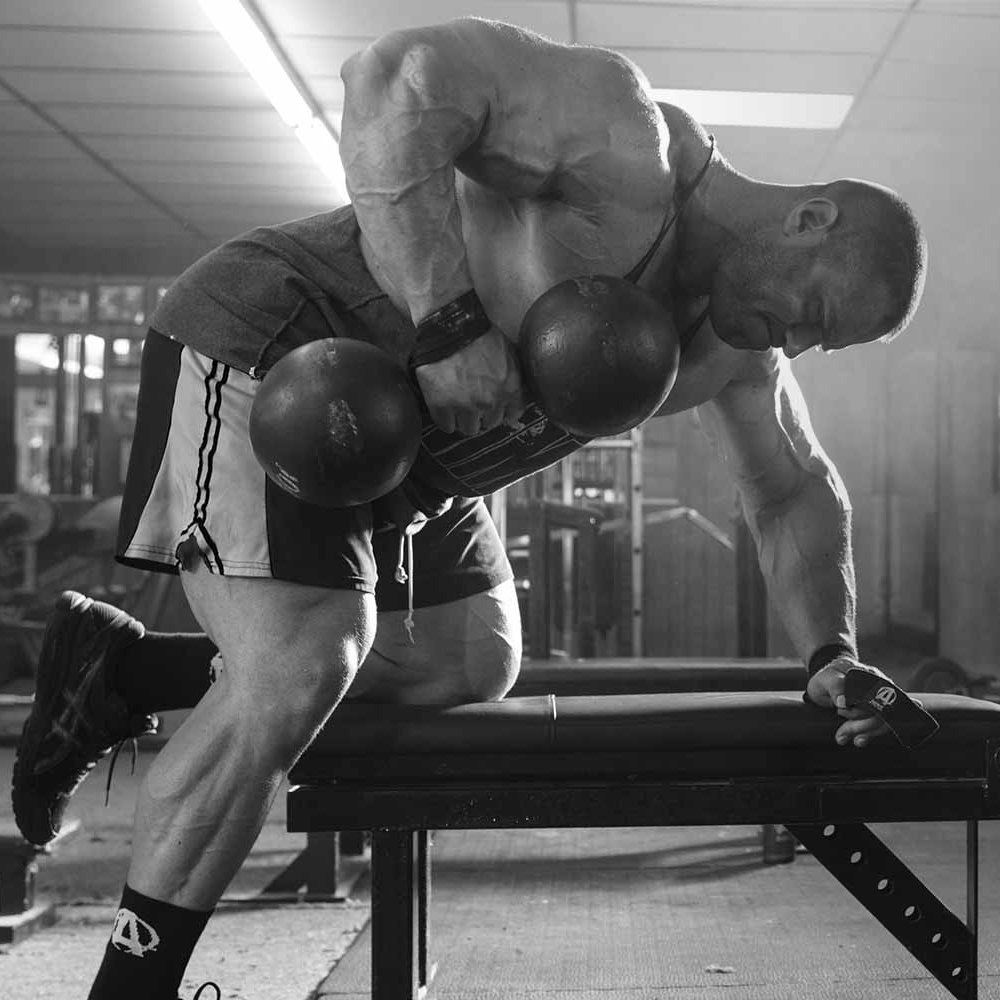Are Isolation Movements Better for Muscle Growth? | Which Comes First: Strength or Hypertrophy? | Do I Need Rest Days? | Overtraining vs. Overreaching | How to Balance Volume and Intensity | The Power of Autoregulation
I'm a doctor of physical therapy, elite powerlifter, professional boxer, and co-founder of Hybrid Performance Method. I'm here to answer one basic question: How and when should you adjust or customize your prescribed workouts?
Let's start by looking at some circumstances that might force you to adjust your training. Maybe you're working around pain or injury, or your sleep patterns and stress management have been way off lately. Perhaps you're lacking the prerequisite skills or mobility to perform a certain movement with proficiency.
In all of these cases, making appropriate adjustments in exercise intensity and selection is the key to maximizing your performance by making every session count. There are infinite ways to customize your training session depending on your unique needs. Let's dissect the overarching concept of autoregulation in training.
What is Autoregulation?
Autoregulation is the strategy of making adjustments in training intensity based on the athlete's subjective perception of the intensity or load.
It is completely normal for an athlete's capacity for strength expression to fluctuate based on changes in a multitude of daily physiological and psychological factors. Sleep quality, stress levels, pain sensitivity, and nutrition habits are just a few variables that can strongly influence athletic performance and strength expression readiness.

In other words, putting a bar on your back can feel like a walk in the park on some days but can crush your soul on others. It's normal, and we've all been there.
How RPE Can Help
Using an RPE scale is one of the most common forms of training autoregulation. RPE stands for rate of perceived exertion, and it allows the athlete to subjectively rate the intensity of a set in contrast to the traditional objective methods of prescribing intensity, like using a one-rep max (1RM) percentage.

Let's break down the RPE scale. RPE can range from 1 to 10, but a meaningful set is typically RPE 5 or above, so that's where we'll start. For example, visualize performing a set of 10 back squats.
- RPE 5 would be light to moderate intensity with no change in bar velocity throughout the set. The athlete would have approximately 5 repetitions left "in the tank" before failure. We call this the number of reps in reserve or RIR.
- RPE 6-7 is where you start to see a slight reduction in upward bar velocity on the final rep. The athlete would have approximately 3-4 reps in reserve before failing.
- RPE 8-9 is high intensity with significantly slower reps, leaving only 1-2 reps in reserve.
- RPE 10 is a maximal effort set. If the athlete were to go for 1 more rep, they would reach technical failure. RPE 10 should be reserved for competition and should be used sparingly in training, if at all.
As you can see, RPE is inversely related to concentric phase bar velocity, as well as the number of repetitions in reserve. Filming your sets can help you assess bar velocity. Keep in mind that the ability to accurately estimate RPE and RIR improves with practice and as your proximity to failure increases.
Push your limits with products designed to help you lift harder, longer.
Using an RIR-based RPE scale doesn’t have to be absolutely perfect to be effective. If an athlete is new to autoregulation, I recommend using a range of +/- 2.5 percent while selecting their weight-based on 1RM. For example, for a single rep at RPE 7.5 (estimated to be equivalent to approximately 91 percent of 1RM), the athlete can aim for a weight within the range of 88.5 to 93.5 percent of 1RM, depending on perceived readiness for the set and overall training session in general.
When I began autoregulating my training, I thrived on this extra degree of flexibility. I was able to capitalize on those days when I felt like I could bench press a house, and at the same time mitigate my risk of overtraining and injury when I felt a bit less recovered.

